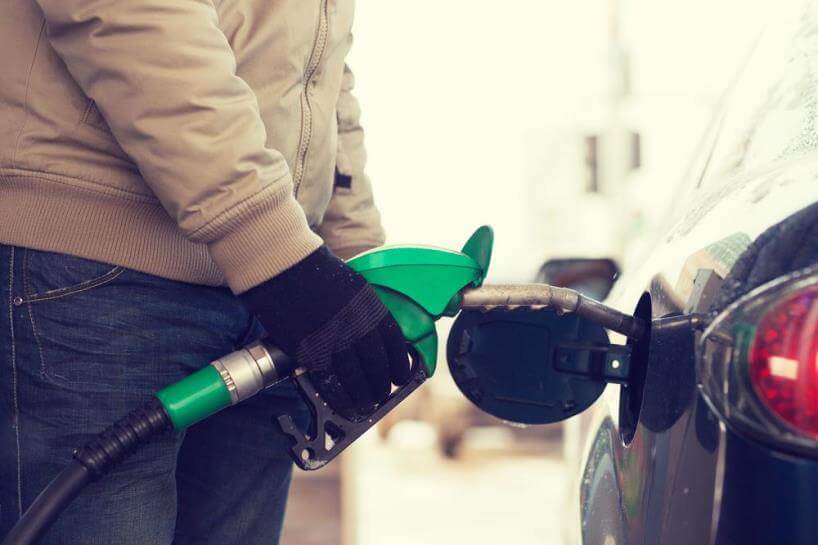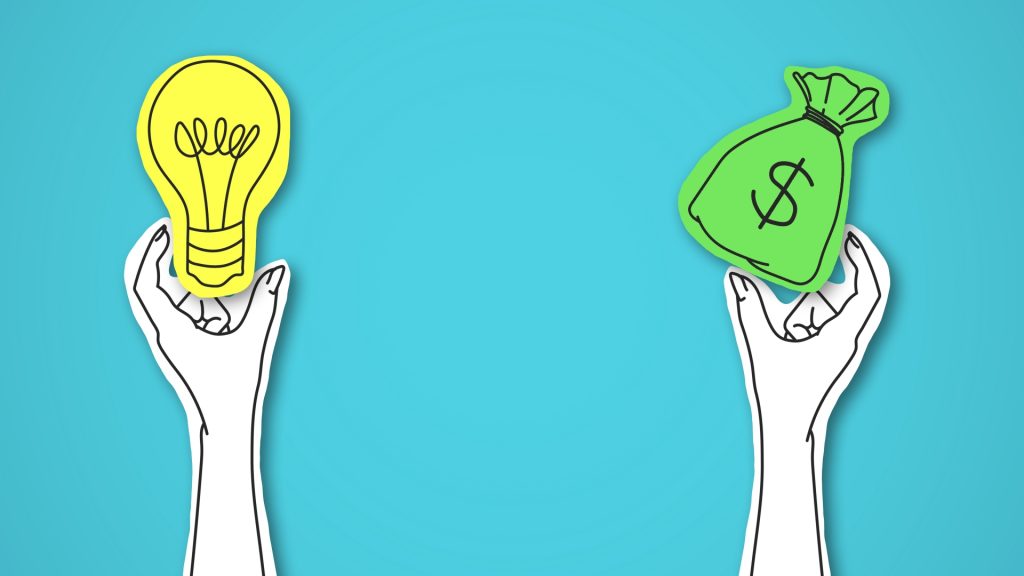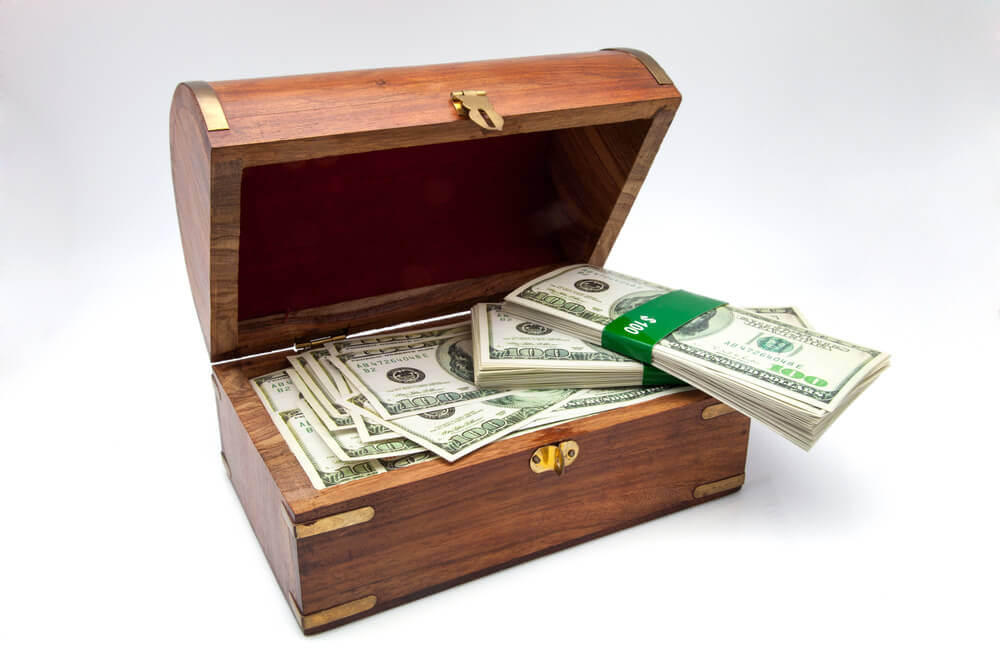
Americans Take Advantage of Lower Gas Prices to Pay
off Debt
Despite lower gas prices and reduced unemployment, most Americans are taking advantage of their savings at the pump to cover basic needs and pay off debt, according to the data released this week by The Allstate Corporation and National Journal.
The 22nd quarterly Allstate/National Journal Heartland Monitor Poll revealed that nearly four-in-five Americans (78%) are realizing savings at the pump, and 58% of them are using these savings to cover basic necessities (31%) or to pay off/avoid debt (27%). Nearly one third of Americans (32%) state that the decline in gas prices has had a “huge” or “significant difference” in their personal financial situations, according to Americans polled who benefitted from price savings.
In addition, more than half of Americans (55%) expect to receive a refund on their taxes this year and nearly four-in-ten (37%) of them will use their refund to pay off debt.
The Heartland Monitor poll surveyed Americans’ attitudes, expectations, and personal financial situations amidst lower gas prices and as the country approaches the height of tax season. The results reveal a population that is more optimistic for the future but continuing to struggle despite the broader economic recovery.
In a positive sign, for the first time in Heartland Monitor’s polling since June 2013, Americans are now more likely to say that the national economy will improve over the next twelve months (32%) than they are to say it will get worse (25%). However, an overwhelming majority of Americans express deep concerns over the cost of living for necessities and wages and income with nearly 80 % of the country claiming the U.S. economy rates “Fair” or “Poor” on these factors.
“While many Americans still face financial challenges, these poll results also indicate the great progress made in turning around our economy,” said Tom Clarkson, president, West Territory, Allstate Personal Lines. “As a network of small businesses, we understand that middle class Americans have been incredibly resilient to overcome these challenges and local institutions and small businesses will continue to play an important role in our economic growth.”
“Americans indicate in the poll that they still plan to be cautious with their savings at the pump and any tax refund they might receive,” said Ronald Brownstein, Atlantic Media’s editorial director. “That fits with the pattern of restrained optimism we see throughout the poll. While Americans’ attitudes about their personal prospects and the country’s direction have clearly brightened since last fall, most Americans remain skittish about the economy’s overall performance and concerned about its ability to generate rising wages and living standards.”
Impact of Lower Gas Prices
- Among the 78% of those polled who’ve benefitted from savings at the pump, nearly half of those polled (43%) say that the decline in gas prices has had “only a slight difference” or made no impact on their personal financial situations.
- Americans who say that lower gas prices have made a huge or significant difference in their personal finances are more likely to believe that their personal finances will improve by this time next year.
- Impact of Tax Refunds and Property Taxes
- The top priority for spending anticipated tax refunds is paying off debt (37%) followed by saving or investing (29%) and spending on necessities (20%).
- The highest expectations for a tax refund come from households that earn between $30k and $75k per year and among younger age groups.
- Individuals under 50 years old expressed a higher degree of commitment to pay off debt than older Americans.
- Four-in-ten (40%) Millennials and 45% of Gen X’ers plan to use their tax refunds to pay off debt. Across the nation, just 8 % of respondents say they will spend their tax refund on non-essential purchases.
- When polled on different factors about the community they live in, Americans gave a substantial “fair” or “poor” rating for the amount they pay in local and property taxes (63%), followed by wages and incomes (62%), and costs of living (60%).





















